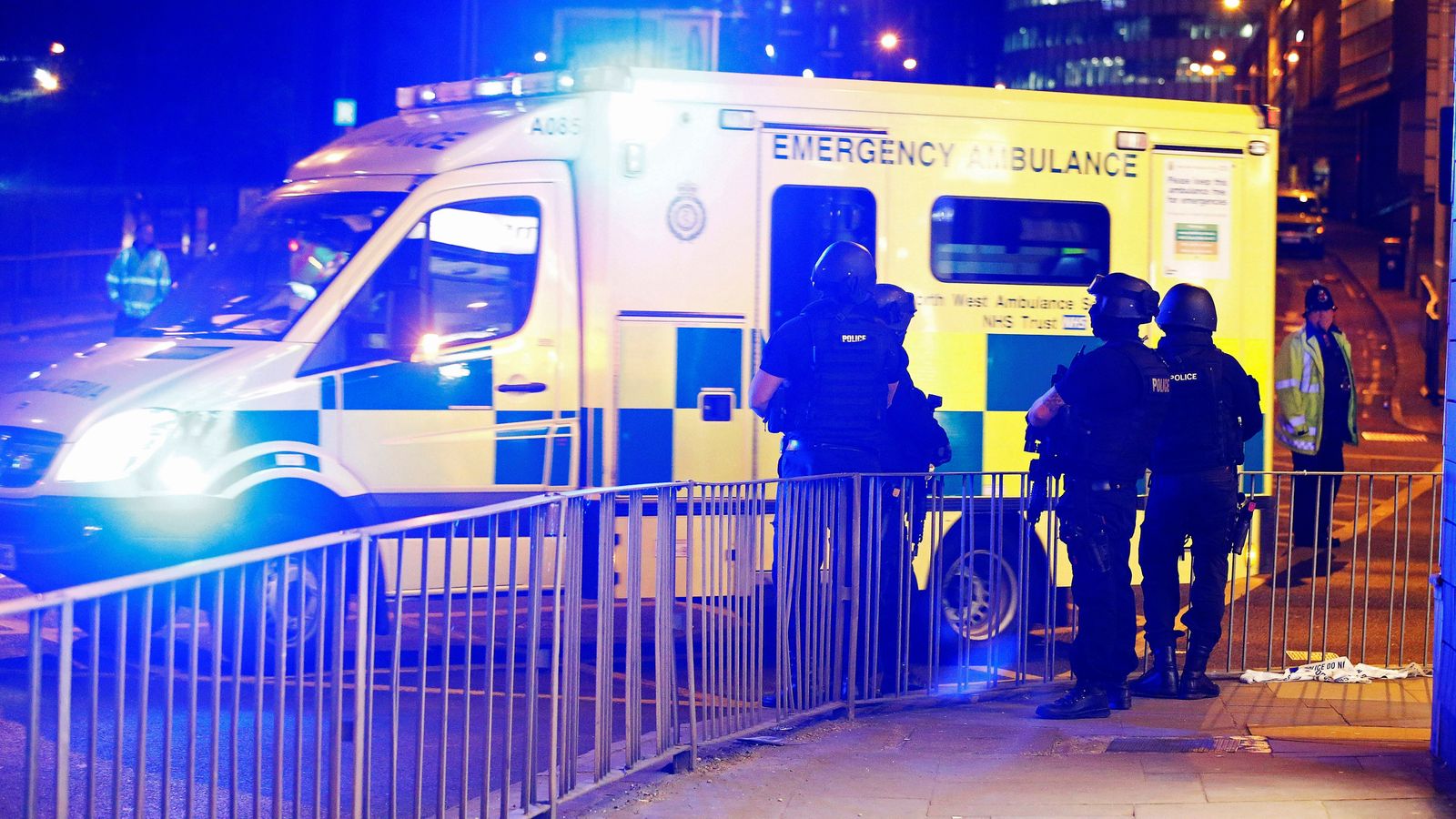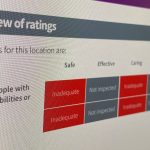Emergency services were at loggerheads over where to treat Manchester Arena victims amid fears of another unexploded bomb.
The police and ambulance service designated “hot”, “warm” and “cold” zones to decide where they would let their officers and paramedics give help to people hurt and dying.
Police viewed the scene of the Manchester bombing as safe to enter – but the ambulance service did not, the inquiry into the emergency response heard.
Inquiry chairman Sir John Saunders said the services had “competing explanations of what a warm zone is.”
The inquiry heard on Monday how ambulance staff should not be expected to be at the scene of a terrorist attacks for half an hour while they conducted a risk assessment.
Declaring a “warm zone” meant only specially trained hazardous area response teams from the North West Ambulance Service could go in – but they did not arrive for 43 minutes.
Sir John said one of the issues was whether they should take into account the risk that there might be a further unexploded bomb.
There were “different opinions depending on which service you speak to”, he said.
The “zoning” guidance was only supposed to apply to an “on-going threat to life” from an attacker and not to suspicious packages, said Richard Thomas, head of armed policing capabilities for Counter-Terrorism Policing Headquarters.
Please use Chrome browser for a more accessible video player
Mr Thomas said commanders had to balance the “overriding pressure of the duty to save life” and the “duty to protect staff” which he described as the “weight of command”.
“Zones are seen as one of those enablers to assist the commanders in achieving striking that balance,” he added.
“I would expect them to apply the zones based on all the intelligence and information available to them at that time.”
Sir John said using different criteria for zones could lead to “confusion and disagreement.”
A “mature informed discussion” should have taken place among the three emergency crew commanders about where a rendezvous point should be located, Mr Thomas said.
But they all picked a different location on the night of the attack, on May 22, 2017 at an Ariana Grande concert which left 22 people dead and hundreds injured.
“We have discovered in evidence that if you don’t have a joint rendezvous point, the whole thing falls down, the whole thing just stops at that point,” Sir John said.
“I wonder if one needs some allowance that if they can’t agree, the police decide and you do what they say.”
He added: “Hopefully May 22 was unique but it appears everyone disagreed with the zoning.”
Sir John said emergency crews should meet to ensure they agreed on a “joint assessment of risk” when treating injured people after an attack.
“You are having to make an assessment of risk and don’t want to spend too long on it. If you could agree the principles beforehand that would seem quite useful?
“Let’s suppose the ambulance take the view they are not going to go into an area, whereas police decide they are going in, isn’t that something that could be ironed out before?”
Mr Thomas agreed any approach to an explosive threat should be “thrashed out” ahead of “the day of the race.”
Please use Chrome browser for a more accessible video player
Pete Weatherby QC, representing the families of the victims, said a “review of zoning”, including establishing which zones were now safe, was “absolutely critical” to ensure emergency responders could assist people with potentially life-threatening injuries.
“It is vital zones aren’t categorised as hot or warm for any longer than necessary,” Mr Weatherby said.
“If they do remain in place for longer than necessary, a policy designed to safeguard life (of responders) can do the opposite by impeding help for those who need it as quickly as possible?”
“Yes, it could,” Mr Thomas responded.
The “joint operating principles” for a “marauding terrorist firearms attack” had to be rebranded after the attacks at Westminster and London Bridge revealed police were more likely to be dealing with knife attackers than gunmen.
The principles, issued in March 2016, 14 months before the Manchester Arena attack, were designed to offer an “over-arching framework guidance to emergency responders in interpretation of risk.”
The guidelines sought to provide “lifesaving interventions within the warm zone to as many casualties as possible within the shortest possible time frame”, to “maximise the survival time until definitive care can be provided”.
But the inquiry was told the document incorrectly stated that the right to life under the human rights act was a “qualified right, not an absolute right”.
The document suggested a strategy should be to “minimise the risk to public and maximise safety to police, ambulance and fire service first responders”.
It added they should “where possible, support the evacuation and treatment of casualties and arrest offenders in order to bring them to justice.”
The inquiry continues.






















